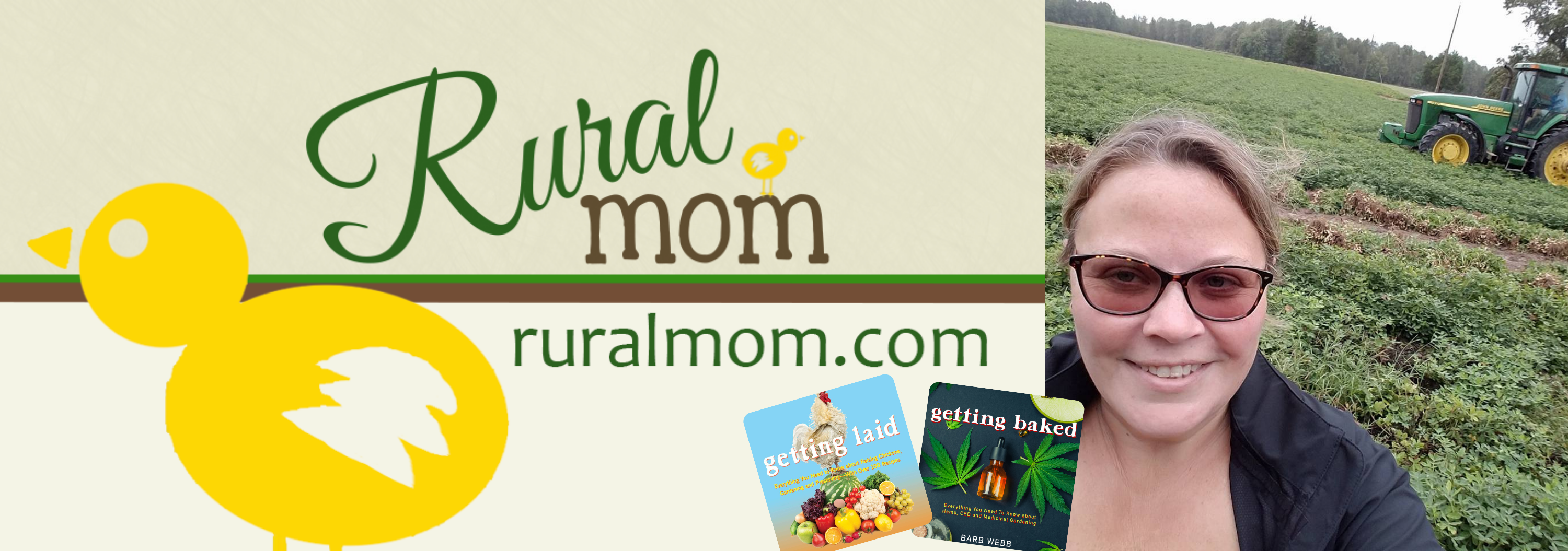Getting horses onto your rural property can be an exciting prospect, bringing with them an air of freedom and connection with nature that few other creatures can match. But owning and caring for these majestic creatures requires much more consideration and preparation than the idyllic scenes seen in movies would suggest. Before mounting up to ride one yourself, there are some key aspects that need to be addressed to make your property and lifestyle suitable for horses.
Is Your Property Horse-Friendly?
Before adopting or buying horses, first assess if your property meets their needs. Horses require large areas for grazing, exercise, and sheltering purposes. Based on your region’s climate and soil fertility, about 1.5 to 2 acres per horse should provide ample pasture space. Assessing your horse fencing is also important; make sure that it’s sturdy yet safe (think wood instead of barbed wire).
Also, check the water availability. Horses require up to 10 gallons a day of fresh water per horse, so having access to reliable sources is an absolute necessity. Consider your local zoning laws. Many municipalities impose restrictions on livestock even in rural areas, so make sure all regulations have been fulfilled prior to bringing horses to your home.
Shelter and Feeding
Horses may stand tall against stormy weather, but they still require shelter. Provide your horses with a well-ventilated barn or run-in shed where they can escape extreme temperatures, insects, rain, and humidity. Proper sheltering is especially important if you live in areas that experience harsh winters or scorching heat waves.
When it comes to feeding horses, remember that pasture alone won’t do. A high-quality hay diet along with grains (if necessary) as well as mineral supplements ensuring they get balanced nutrition. Don’t forget a salt block. Horses love them and they help meet essential mineral needs during droughts or winters.
Health and Hoof Care
Horses require regular veterinary examinations and vaccinations in order to remain healthy. You’ll also need to deworm them regularly and monitor for signs of colic, respiratory problems or lameness. Partnering with an equine veterinarian is important in creating an individualized preventive care schedule.
Finally, horse hoof care needs attention too. Hooves grow continuously so they should be trimmed every 6-8 weeks. Failing proper hoof care could result in serious health issues, so you’ll want to make sure you keep these professional’s numbers handy on speed dial.
The Costs That Add Up
Owning horses is more than a lifestyle choice, it is also an investment. Beyond initial purchase price, consider ongoing costs such as feed, board (if applicable), tack and equipment maintenance fees, farrier services fees and property modifications that come into play once an animal becomes part of your herd. One horse alone could cost thousands annually so budget accordingly.
Is It All Worth It?
Absolutely. Horses add beauty, companionship, and joy into our lives. From riding, competing or simply roaming your property with them, making the entire experience worth your while. Your bond with these majestic animals will grow deeper than imagined. Their rewards extend far beyond owning an animal alone. However, ownership comes with some added responsibilities.
Conclusion
Owning horses on rural properties can either be an exciting adventure or a frustrating burden, depending on your preparation level. By meeting all land and shelter requirements, health care needs, costs involved with ownership and time commitments for horses properly, you’ll set yourself up for an enriching equestrian experience. While your road might not always be smooth sailing as far as ownership goes, horse companionship more than makes up for any difficulties that might arise. Be mindful to limit expectations early rather than face disappointment later.
Discover more from Rural Mom
Subscribe to get the latest posts sent to your email.



